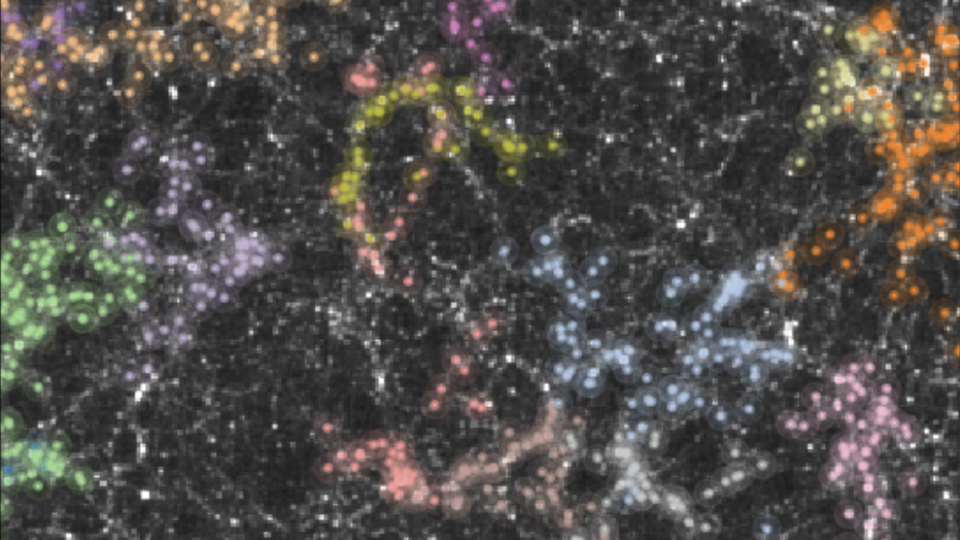Salvatore Torquato(Link is external), a professor in the Department of Chemistry(Link is external) and the Princeton Institute for the Science and Technology of Materials(Link is external) at Princeton University, in collaboration with a team of researchers has uncovered universal features in the structures of jammed materials, suggesting a unified method to analyze disparate systems. The findings have implications for research in the areas of quantum systems and cosmology. Their work appears in the April 29 online edition of Physical Review Letters.
The researchers describe their work as follows:
“Jamming is a fundamental phenomenon in granular matter, biological media, colloids and composite materials in which particles are trapped by their neighbors. Maximally random jammed systems of large numbers of hard particles possess the highest degree of disorder among materials able to resist mechanical stresses. Such systems are therefore prototypical examples of glasses, which are states of matter intermediate between crystals and liquids.
“It was previously known that jammed systems of uniform spherical particles possess a unique ‘hyperuniformity’ property, meaning that fluctuations in the material structure are suppressed over large length scales relative to typical states of bulk matter. The manner in which hyperuniformity is manifested also results in unusual long-range correlations between the particles. Hyperuniform systems are therefore ‘rigid’ with regard to the number and locations of particles, which for jammed systems is in addition to the stress-resistance property of the material as a whole.
“However, further work into jammed materials composed of non-spherical particles or particles with different sizes was unable to detect this property, and it has therefore been difficult to study these jammed systems within a unified framework. Our work has overcome this obstacle by examining the distribution of the empty space between particles with a generalized notion of hyperuniformity applicable for arbitrary materials.
“In particular, we noticed that there are regular, repeating motifs in the shapes and sizes of ‘holes’ between particles, suggesting that the empty space was globally homogeneous, even over large length scales. It became clear that in order to analyze properly the structures of these jammed systems, we needed to account for this geometric regularity. Our work shows that characterizing the region of space not occupied by the particles provides a more complete description of the material structure than just the relative distribution of the particle centers themselves.
“With this concept in mind, we are able to show via computer simulations that jammed systems, including those with non-uniform, non-spherical particles, possess apparently universal but novel quasi long-range correlations, meaning that the position and orientation of a particle can be inferred from the knowledge of other particles, even at large separations. This observation directly addresses a misconception in the scientific community that hyperuniformity is somehow tied to the homogeneity of particles in a jammed material. We have shown that hyperuniformity is not lost in non-uniform jammed systems once you account for the regularity in the empty space.
“Our findings reveal that there are a variety of systems that exhibit exotic hyperuniform quasi long-range correlations when viewed using our generalized approach. Our results also have significant implications for a number of other systems with these same structural signatures, including quantum systems and cosmological structures. In particular, this research suggests a unified structural method, independent of the physical model, to analyze these seemingly disparate systems.”
A copy of the research article is available upon request. Members of the media wishing to contact Torquato are encouraged to email him at: torquato@electron.princeton.edu.
Other Princeton researchers involved in this work include Yang Jiao, a postdoctoral fellow in the Princeton Institute for the Science and Technology of Materials, and Chase Zachary, a graduate student in the Department of Chemistry.
Funding for this research was provided by the National Science Foundation.


